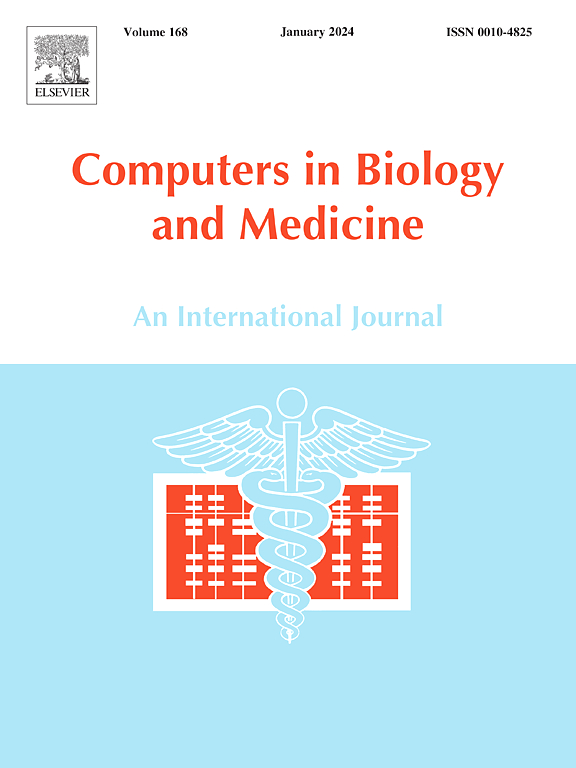A novel Harris Hawks Optimization-based clustering method for elucidating genetic associations in osteoarthritis and Diverse Cancer Types
IF 7
2区 医学
Q1 BIOLOGY
引用次数: 0
Abstract
Considering the high incidence of osteoarthritis (OA), especially of the knee and hip, this study explores the possible genetic associations between OA and cancer types, including cancers of the bladder, kidney, breast, and prostate. The objective of our study is to decipher the complex genetic connections among these common disorders, emphasizing potential correlations and underlying biological processes. However, the genetic connections between these diseases remain largely unexplored. It fills a vacuum in the literature by using a new clustering approach based on Harris Hawks Optimization (HHO-C), which is a first for applying machine learning methods to this particular set of genetic data. To address this gap, we introduce HHO-C, a novel machine learning-based clustering approach, for the first time in this specific genetic dataset. The work accomplishes three noteworthy firsts: firstly, it is the first to apply machine learning to the study of the genetic interactions between OA and these cancers. Second, it creates a flexible genetic dataset that will be very helpful for further studies in this field. Finally, it presents the novel HHO-C approach, showcasing how well it manages intricate genetic data and providing fresh perspectives on genetic data analysis. It is anticipated that the results of this investigation will clarify the genetic relationships between OA and these malignancies, which could result in novel understandings of medical genetics and the creation of fresh approaches to diagnosis and treatment.
一种新的基于Harris Hawks优化的聚类方法用于阐明骨关节炎和多种癌症类型的遗传关联
考虑到骨关节炎(OA)的高发病率,尤其是膝关节和髋关节,本研究探讨了OA与癌症类型(包括膀胱癌、肾癌、乳腺癌和前列腺癌)之间可能的遗传关联。我们研究的目的是破译这些常见疾病之间复杂的遗传联系,强调潜在的相关性和潜在的生物学过程。然而,这些疾病之间的遗传联系在很大程度上仍未被探索。它通过使用基于Harris Hawks Optimization (HHO-C)的新聚类方法填补了文献中的空白,这是首次将机器学习方法应用于这组特定的遗传数据。为了解决这一差距,我们首次在这个特定的遗传数据集中引入了HHO-C,一种新的基于机器学习的聚类方法。这项工作完成了三个值得注意的第一:首先,它是第一个将机器学习应用于OA和这些癌症之间的遗传相互作用的研究。其次,它创建了一个灵活的遗传数据集,这将对该领域的进一步研究非常有帮助。最后,它提出了新的HHO-C方法,展示了它如何很好地管理复杂的遗传数据,并为遗传数据分析提供了新的视角。预计本研究结果将阐明骨关节炎与这些恶性肿瘤之间的遗传关系,这可能会导致对医学遗传学的新理解,并创造新的诊断和治疗方法。
本文章由计算机程序翻译,如有差异,请以英文原文为准。
求助全文
约1分钟内获得全文
求助全文
来源期刊

Computers in biology and medicine
工程技术-工程:生物医学
CiteScore
11.70
自引率
10.40%
发文量
1086
审稿时长
74 days
期刊介绍:
Computers in Biology and Medicine is an international forum for sharing groundbreaking advancements in the use of computers in bioscience and medicine. This journal serves as a medium for communicating essential research, instruction, ideas, and information regarding the rapidly evolving field of computer applications in these domains. By encouraging the exchange of knowledge, we aim to facilitate progress and innovation in the utilization of computers in biology and medicine.
 求助内容:
求助内容: 应助结果提醒方式:
应助结果提醒方式:


